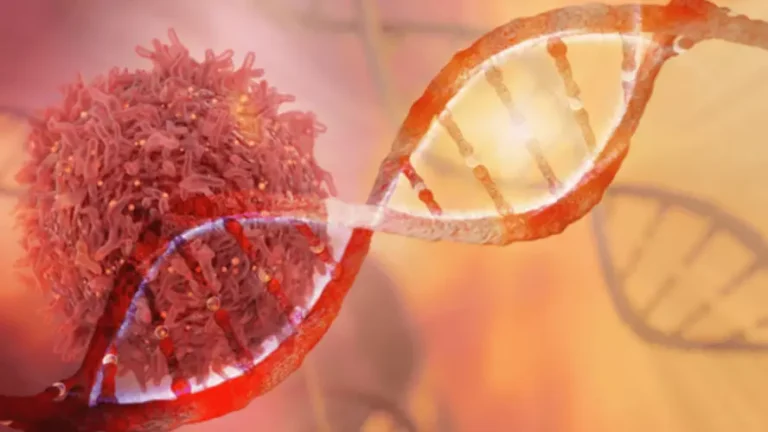
Joining a local chapter of Alcoholics Anonymous may provide you with the support you need to cope. You should also follow all of your doctor’s recommendations to ensure proper nutrition and recovery. Your doctor may also admit you to the intensive care unit (ICU) if you require ongoing care. The alcoholic ketoacidosis length of your hospital stay depends on the severity of the alcoholic ketoacidosis.
How Is Alcoholic Ketoacidosis Diagnosed?
- These include acute pancreatitis, gastrointestinal bleeding, and alcohol withdrawal.
- Patients who appear significantly ill and those with positive ketones should have arterial blood gas and serum lactate measurements.
- Dehydration and volume constriction directly decrease the ability of the kidneys to excrete ketoacids.
Patients are usually tachycardic, dehydrated, tachypneic, present with abdominal pain, and are often agitated. The toxicokinetics that are pertinent to the diagnosis of AKA include the rate of alcohol oxidation in the alcohol rehab body. Ethyl alcohol oxidizes at a rate of 20 to 25 mg/dL per hour in most individuals. The accompanying lack of alcohol in the patient’s body and the fact that for some time, the only source of calories that a patient has is ethanol both contribute to the clinical syndrome that we see. How severe the alcohol use is, and the presence of liver disease or other problems, may also affect the outlook. The resulting increase in the NADH/NAD+ ratio inhibits hepatic gluconeogenesis and elevates the ratio of hydroxybutyric acid to acetoacetic acid.

Alcoholic Ketoacidosis: Etiologies, Evaluation, and Management
- The patient gave written consent for their personal or clinical details along with any identifying images to be published in this study.
- Each of these situations increases the amount of acid in the system.
- If your body is not producing insulin, ketone bodies will begin to build up in your bloodstream.
- Management is based around exclusion of serious pathology and specific treatment for AKA where it is present.
- However, if an AKA patient is lethargic or comatose, an alternative cause should be sought.
Profound dehydration can culminate in circulatory collapse and/or lactic acidosis. Prolonged vomiting leads to dehydration, which decreases renal perfusion, thereby limiting urinary excretion of ketoacids. Moreover, volume depletion increases the concentration of counter-regulatory hormones, further stimulating lipolysis and ketogenesis. Alcoholic ketoacidosis is attributed to the combined effects of alcohol and starvation on glucose metabolism. They provide https://ecosoberhouse.com/ some energy to your cells, but too much may cause your blood to become too acidic. Each of these situations increases the amount of acid in the system.
Signs and symptoms of alcoholic ketoacidosis
These include acute pancreatitis, gastrointestinal bleeding, and alcohol withdrawal. Mortality specifically due to AKA has been linked to the severity of serum beta-hydroxybutyric acid in some studies. It should be used as an indicator of the severity of the disease.13 Identifying these high-risk patients can help set the intensity of monitoring required for the patient to ensure optimal patient outcomes are achieved. Metabolic encephalopathy is a rare but life-threatening complication of EuDKA caused by SGLT-2 inhibitors, the imaging features are similar to those of other metabolic encephalopathy such as poisoning and hypoxia. The precise pathogenesis of encephalopathy in EuDKA remains poorly understood, potentially resulting from the toxic consequences of electrolyte disturbances, ketosis, and acidosis.

- The metabolism of alcohol itself is a probable contributor to the ketotic state.
- Blood test results indicated a potential concurrent infection, while arterial blood gases revealed severe metabolic acidosis with an elevated anion gap (pH 7.243, bicarbonates 12.7 mmol/L, anion gap 22.6 mmol/L).
- The classical presentation is of an alcoholic patient with abdominal pain and intractable vomiting following a significant period of increased alcohol intake and starvation.
- In general, the prognosis for a patient presenting with AKA is good as long as the condition is identified and treated early.
- This test will provide information about your sugar levels to help determine whether you have diabetes.
Toxic metabolites of both substances result in severe metabolic acidosis with wide anion gap and wide osmolal gap.18 Neither, however, causes ketosis. Both cause abdominal pain, with marked central nervous system depression, but methanol toxicity results in visual impairment, while ethylene glycol toxicity results in crystalluria, oliguria, and renal failure. In 1940, Dillon et al1 described a series of nine patients who had episodes of severe ketoacidosis in the absence of diabetes mellitus, all of whom had evidence of prolonged excessive alcohol consumption.
Treatment / Management

Wrenn et al found altered mental status in 15% of patients, attributable in all but one case to hypoglycaemia, severe alcohol intoxication, or infection. Fever was seen in only two patients, both with other likely underlying causes. Treatment may involve fluids (salt and sugar solution) given through a vein. You may get vitamin supplements to treat malnutrition caused by excessive alcohol use. Patients are initially given thiamine 100 mg IV to prevent development ofWernicke encephalopathy or Korsakoff psychosis. Then an IV infusion of 5% dextrose in 0.9% saline solution is given.
0 Comments
Leave A Comment